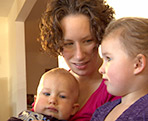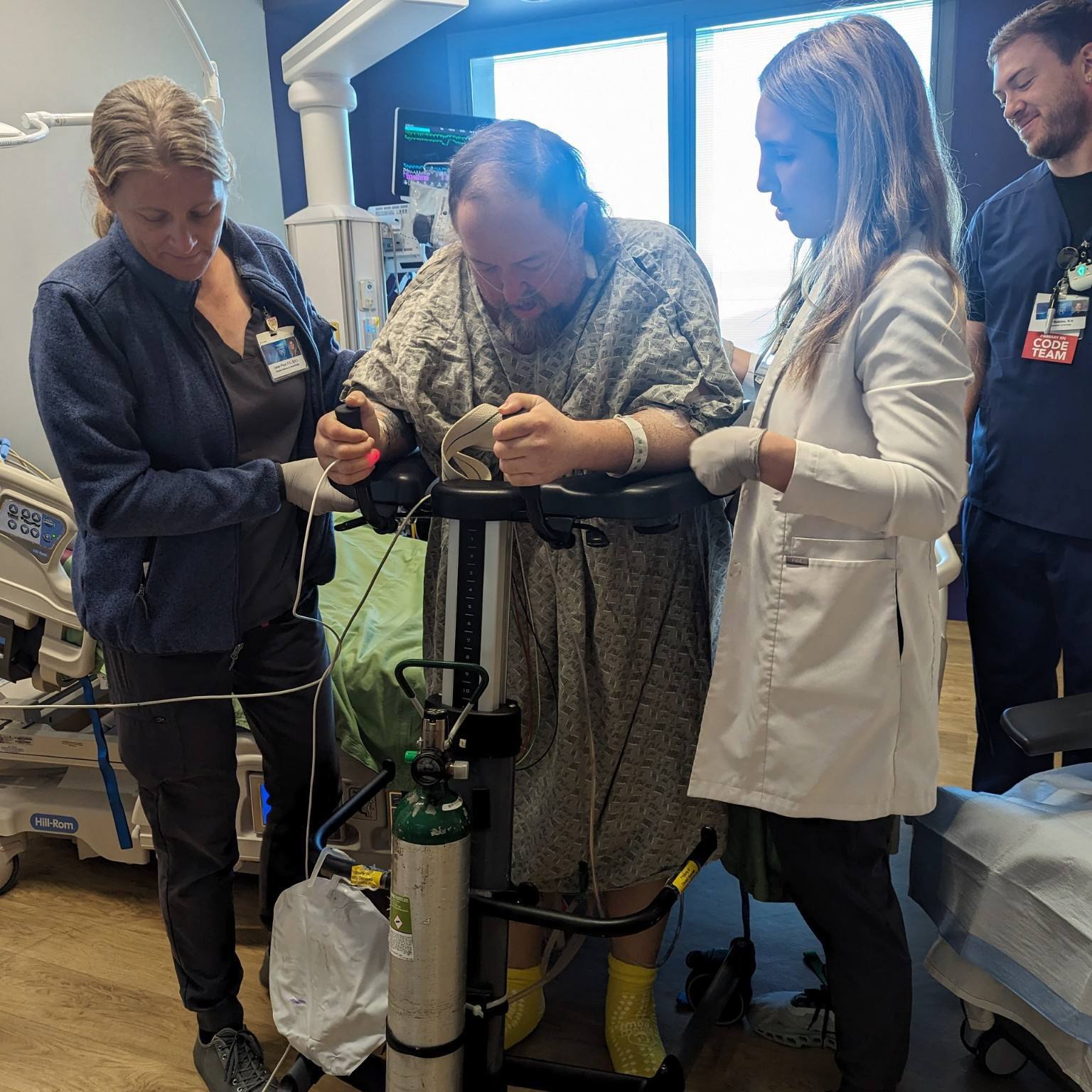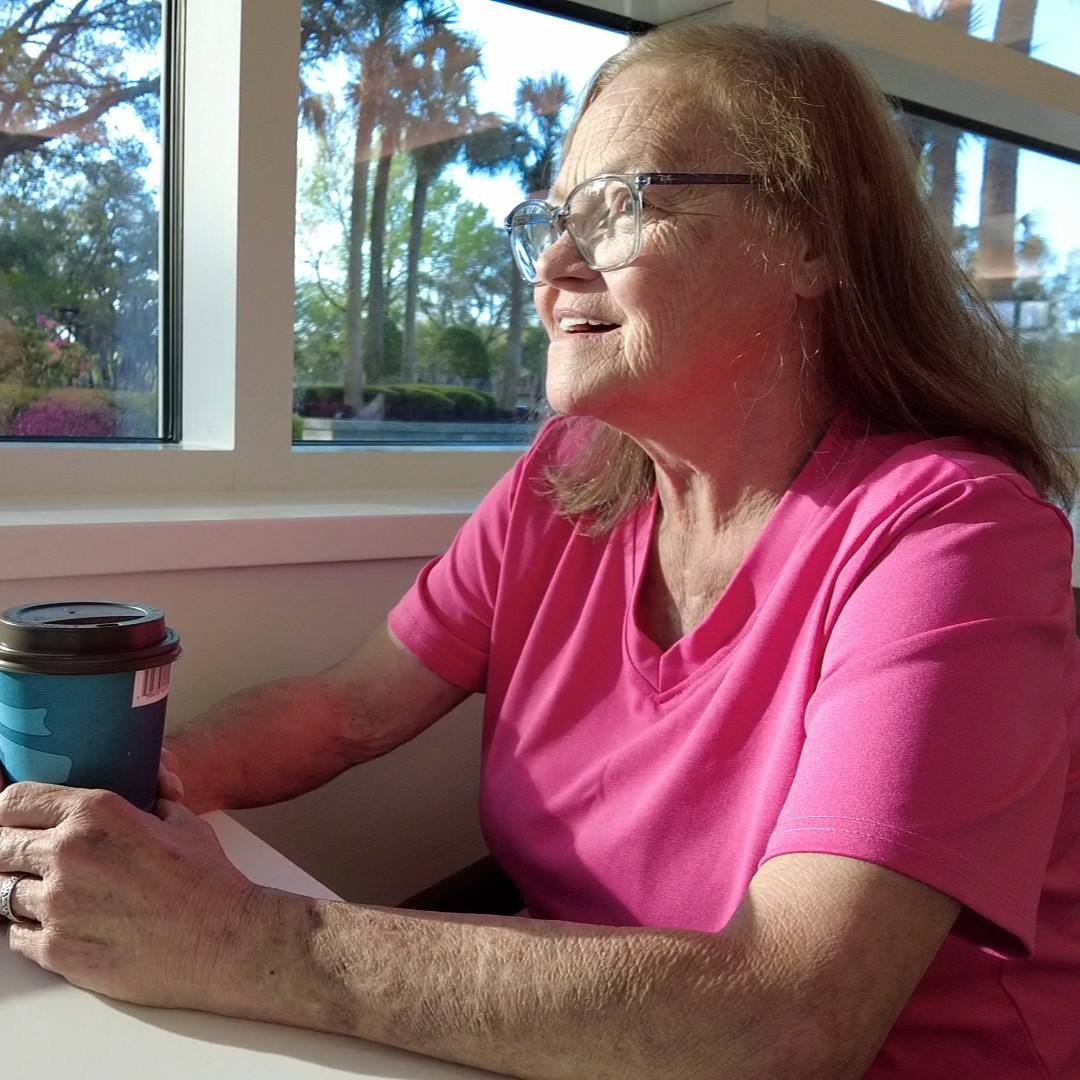
Tanya Ginther and her husband, Mike, had their second child on Oct. 2, 2007. Three days later their new son, Blaine, joined his 3-year-old sister Clara back at their home in rural Hanover, N.D.
"Everything seemed pretty normal following the pregnancy," says Mike. "She had a couple episodes when she said she felt tired and run-down, but I just figured it was part of her working and taking care of two kids."
On Friday, Dec. 21, 10 weeks after Blaine's birth, Tanya and Mike were preparing for their annual Christmas trip. Tanya was in the garage getting the car ready.
"I looked over and she just sat down," says Mike. "I asked her what was wrong and she said she couldn't breathe and that her chest hurt. All of a sudden, she hit the ground. I ran inside and dialed 911. That is how it all started."
What had started was a whirlwind of events to try to save Tanya's life.
Mike performed CPR on his wife for nearly 15 minutes before the ambulance arrived. Tanya was taken to a rural hospital and then to a regional medical center in Bismarck, N.D., about 60 miles from their home.
"I was in the waiting room when the nurse came out to get me," says Mike. "When I got in the room, Tanya was in cardiac arrest and the nurse was doing chest compressions. I was in shock. I really thought I was watching her die."
Doctors found Tanya's heart had all but quit. She had developed a condition called peripartum cardiomyopathy, a rare type of heart failure that occurs within the final month of pregnancy or within five months after delivery. The death rate can be as high as 25 to 50 percent. Doctors don't know why the condition occurs, although inflammation, a virus or changes in hormones are among the suspected reasons.
Calling the flying ICU
Physicians in Bismarck placed an intra-aortic balloon pump (IABP) to increase Tanya's cardiac output, but her heart continued to struggle. The doctor told Mike that Tanya needed to be transferred to Mayo Clinic and only Mayo Clinic's air ambulance jet (Mayo MedAir) could handle the balloon pump and its equipment.
"I just knew that if we could get her to Mayo, she would be okay," said Mike.
Medical personnel were fighting to keep Tanya's heart pumping when Mayo MedAir arrived at the airport. "I really thought we wouldn't be taking her," says flight nurse Tim Alden.
Mayo MedAir is a flying intensive care unit supported by a team of specialists, including critical-care physicians, who consult by phone en route if needed.
Tanya was able to board the jet for the one-hour flight to Mayo Clinic. "We had to shock her heart using an automated external defibrillator, or AED, about halfway into the flight because she was in ventricular tachycardia," says Alden.
She arrived at Mayo Clinic at 2 a.m. Sunday. Tanya's condition worsened through the early morning hours and the outlook was bleak. At 7 a.m., Mayo physicians said unless Tanya woke up and showed signs of life, the situation was nearing an end.
"They said that her blood pressure was nothing and that her brain activity was gone," recalls Mike. "Her entire body was starting to shut down." The doctors explained that in her present condition, she couldn't go on the transplant list.
Fighting back
At that point, Mike asked to be alone with Tanya. "I went in and had a little heart-to-heart with her," says Mike. "I told her she better start fighting."
Incredibly, about 30 minutes after her husband's talk, Tanya's brain activity started to improve.
Once Tanya's condition stabilized, a team led by Mayo Clinic heart specialist Soon Park, M.D., performed open heart surgery to implant a ventricular assist device.
"When I first saw Tanya, she was in an extreme situation," says Dr. Park. "We implanted a ventricular assist device. The ventricular assist is a booster pump that is attached surgically to the left ventricle. It acts like a prop on a motor boat. She was given the pump as a bridge for a heart transplant."
But following the procedure, Tanya's condition improved dramatically. After three weeks in the hospital she was able to return to her home and family in North Dakota.
"Over time, her heart seemed to heal itself," says Dr. Park. "We don't see that very often. She recovered to a point that she did not need a transplant."
Tanya travels back to Mayo Clinic every three months for regular check-ups.
"Other than the scar on her chest, you wouldn't know it," says Mike. "She is more or less completely healed now."
"After something like this happens, you really value the time you have with your family that much more," says Tanya.
Related Treatments
Related Articles







